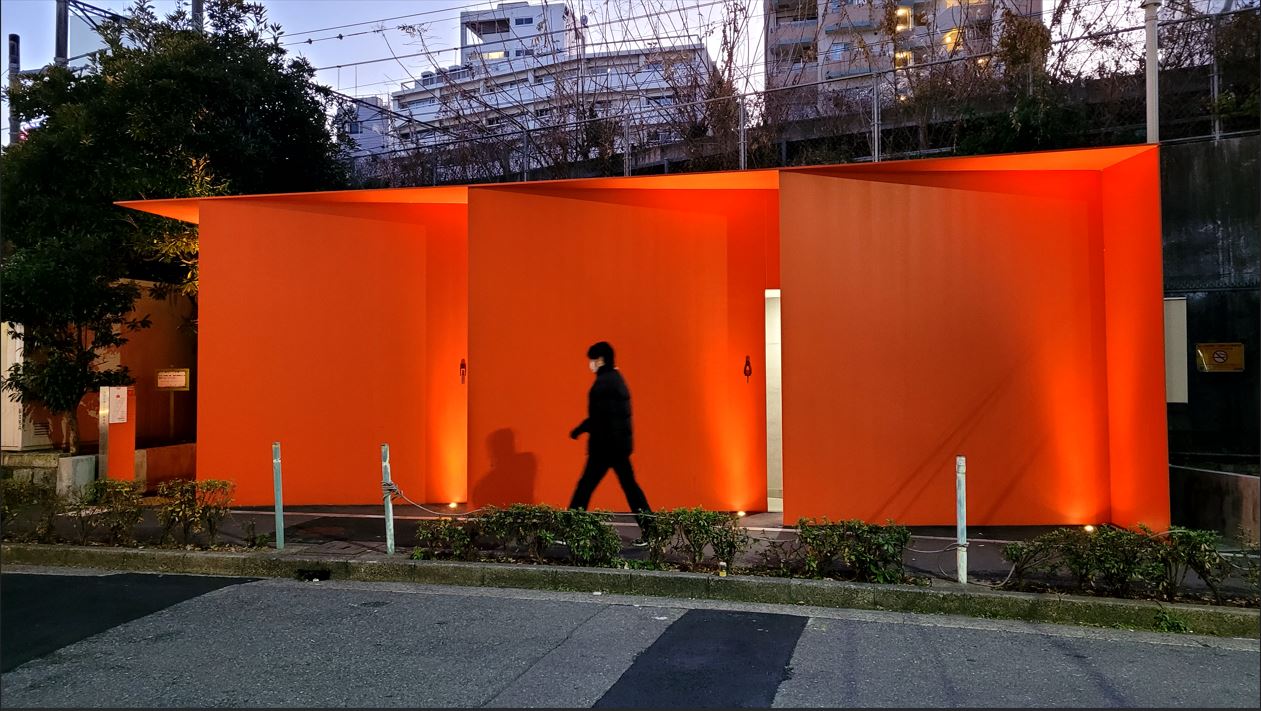Rethinking the Design Process

Ottawa is a G7 capital city. We have incredible opportunities to be a city on par with London, Paris, Tokyo, or Berlin, even if we don’t have centuries of urban legacy to build on.
We have an official plan that, initially, sets out ambitious planning goals. The minutiae of implementation of a vision is been mired in picayune details of secondary plans, zoning bylaws and amendments…. All of these are important, sure, but along the way, we’ve lost the passion for bold action.
What is our overall vision for the City?
How do things like a broad, city-wide policy to provide mobility options to safely and equitably navigate the city align with decisions to close cycling bridges or not winter-maintain active transportation networks? How does the elimination of parking minimums align with municipal decisions to cut transit services?
How is the desire to have a thriving nightlife aligned with transit that stops running at 2AM? If we want to encourage people to go to bars, restaurants and clubs, to enjoy music until the early hours, how do we expect them to get home safely?
Our Official Plan speaks to the need for high quality parks as a key component of municipal greenspace and essential to our quality of life. The Official Plan has an extensive list of attributes to make excellent parks but makes no mention of building public washrooms. In fact, the word “bathroom” is totally absent from the visionary planning we put forward. Yet access to a public bathroom is an essential part of an equitable and livable city. Paris, London and other great cities all have networks of permanent, safe, accessible washrooms. They can be works of architecture, providing important social infrastructure in communities while also achieving the goals of our Official Plan. They can even be part of our tourism guides.
While its nice that Ottawa is committed to building one in Centretown, its not enough: its not enough to do one in an area serving thousands of people; its not enough to take timid steps and hold pilot projects. If we can budget $112 million to widen 3.3km of suburban road, we can find the money for social infrastructure that helps people live healthier, better, lives.
We need to see a bigger vision for core public services. The City of Toronto recently launched a design competition to reimaging the future of public washrooms to seek “bold ideas that integrate spatial justice, accessibility, sustainability and cultural inclusion.”
Ottawa could do the same. We need a vision for the city we aspire to be that aligns with the vision of our Official Plan, integrating ideas for a better future with policy objectives from across the spectrum of how we create our city. That has implications for tourism, transit, sustainability and lifecycle value.
Ottawa could create a partnership with federal counterparts to provide housing on surplus federal lands or to reuse federal buildings, putting forward a visionary approach to address core issues and promote “made in Canada” solutions, boosting local pride in local talent.
For example, when the City purchased 1245 Kilborn Place in December 2023, we could have immediately started planning a design competition to create homes and put this land to better use. Instead, public consultations are not slated to start until the fall of 2025. At best, consultants will be engaged to do design work in 2026 or 2027, and construction might start in 2028 with residents moving in by 2030 or later, assuming budget approvals don’t stall the process even more.
A design competition, launched in January 2024, could have seen shovels in the ground this fall. Nimble design and construction planning can create better outcomes. It is an investment in construction dollars that spurs the local economy and saves money.
The performative process of consultations, risk avoidance and bureaucracy of procurement isn’t getting us the city we aspire to be. It’s wearing us down, shutting the doors to creativity and ideas and ostracizing the very people our local government is meant to serve.
A municipal design policy and toolkit, supported by design leadership, is key to achieving cohesive results and putting action to words.
If our goal is to make #OurBestOttawa, to support local businesses, to invest wisely in sustainable places that enhance our quality of life and celebrate who we are as a city, we need to rethink our processes to better serve the public. We want to be a thriving, vibrant place that we can be proud of; we want to be a great capital city, seen on world stages. We need to create better, socially transformative, outcomes and take bold actions.
Written by Toon Dreessen.
Originally published in The Eastern Ontario Business Journal.